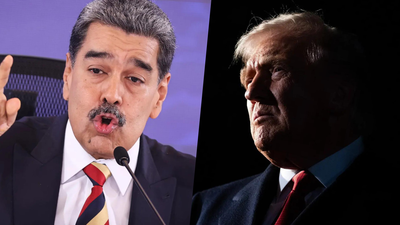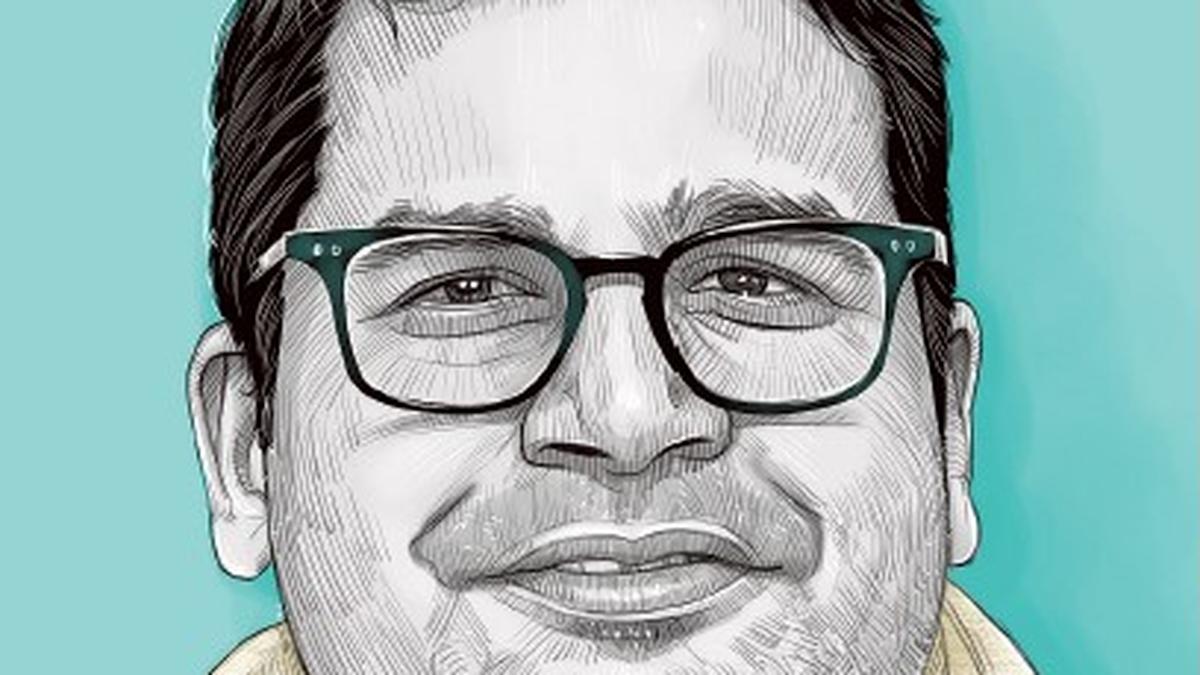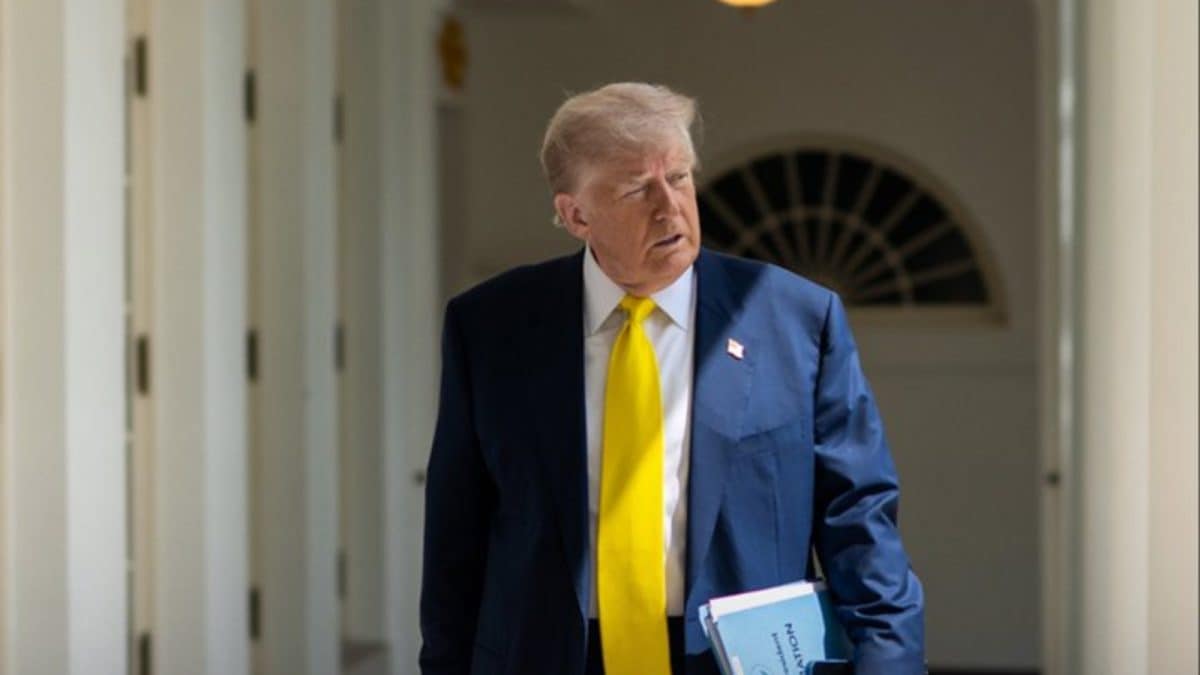ARTICLE AD BOX

Donald Trump rose to power on a promise to end America’s distant wars. "America First" was meant to keep the United States out of long, costly foreign wars. Yet today, that very policy has brought US warships, stealth jets, and bombers to Venezuela’s doorstep.
The president who called himself a "man of peace" now presides over one of the most aggressive military buildups in the Western Hemisphere in decades.What was once framed as a “MAGA” foreign policy of restraint is now being tested by a growing deployment of American forces in Latin America.A US warship arrived in Trinidad and Tobago on Sunday for joint exercises near Venezuela, AFP reported. The vessel’s arrival was announced by the Trinidadian government last week and was visible off the coast of Port of Spain.The move comes as Trump has ordered a major military buildup in Latin America, officially to counter drug trafficking. However, Venezuelan President Nicolás Maduro believes the real aim is regime change in Caracas.Venezuela’s defense minister Vladimir Padrino said on Saturday that the country has begun military exercises to protect its coast against possible “covert operations” as the US expands its presence in the region.
Maduro accused Trump of “fabricating a new eternal war” as the US aircraft carrier USS Gerald R Ford — capable of carrying 90 aircraft — moved closer to Venezuelan waters.
US deployments in the region
The US has deployed 10 F-35 stealth jets to Puerto Rico and eight Navy ships to the Caribbean — including three destroyers, a cruiser, a littoral combat ship, and three amphibious assault ships with Marine contingents. The USS Gerald R. Ford carrier strike group has also been sent, significantly increasing American firepower in the area.In addition, a B1-B bomber flew near Venezuela’s coast on Thursday, following earlier B-52 flights that circled the country for several hours. The buildup, along with US airstrikes on suspected drug traffickers, has increased fears of a broader military conflict and intensified exchanges between Washington and several Latin American governments.Trump has accused Maduro of leading a drug-trafficking network, a charge Maduro denies.
Many in Venezuela see the buildup as an attempt to remove Maduro from power.
Push for regime change
The Telegraph reported that Trump’s administration has approved CIA covert missions aimed at toppling Maduro. Trump has linked Maduro’s government to criminal cartels. The US, along with several other nations, does not recognize Maduro as Venezuela’s legitimate leader, saying the 2024 election was neither free nor fair. Opposition tallies indicated their candidate had won by a large margin.Venezuela plays a limited role in the regional drug trade, but Trump’s Venezuela policy has been influenced by internal debates within his administration. According to The Guardian, US Secretary of State and acting national security adviser Marco Rubio has prevailed over envoy Richard Grenell, who had favored a more pragmatic approach focused on oil trade.Rubio, the son of Cuban immigrants, has long opposed Maduro and his predecessor Hugo Chávez for supporting Cuba’s communist regime.
Observers believe his hard stance on Venezuela may also be part of a political calculation ahead of the 2028 presidential race, when Trump will not be eligible to run again.
The immigration factor
Some analysts suggest the buildup may also serve Trump’s domestic policy goals, including immigration control. The administration considered invoking the Enemies Act — last used during World War II — to detain and deport Venezuelan nationals if the US declared Venezuela a hostile power.
The move was blocked by a court of appeal.Venezuela and the drug trade have thus become central to Trump’s key themes: national security, immigration control, and restoring US influence.
Reviving the Monroe Doctrine
Under Maduro, who faces a $50 million US bounty, Venezuela has drawn support from US rivals. China has invested heavily in Venezuelan oil and loans, while Russia has supplied weapons, including Sukhoi jets and air defense systems.Experts say Trump’s actions reflect an effort to revive the Monroe Doctrine — the 19th-century US policy that viewed Latin America as its sphere of influence. Trump’s Project 2025 refers to this as “re-hemisphering,” emphasizing control of regional supply chains as essential to America’s economic security.

 3 hours ago
4
3 hours ago
4









 English (US) ·
English (US) ·